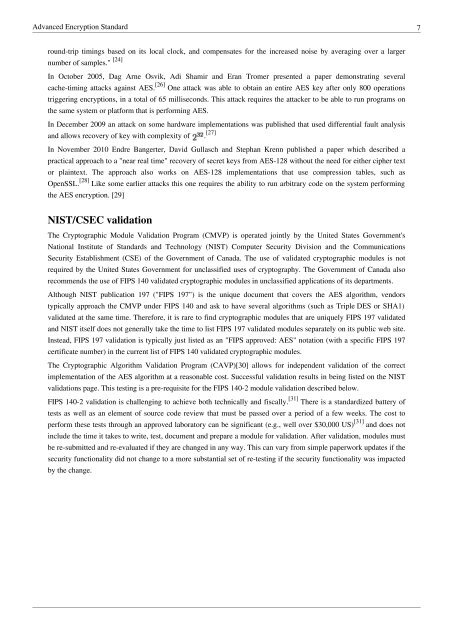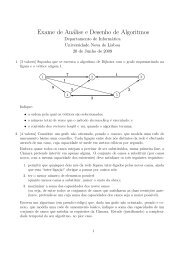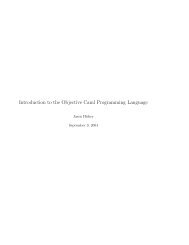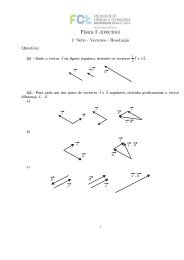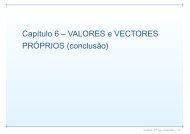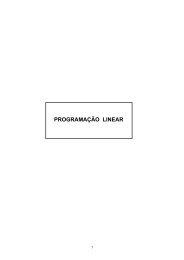Security Articles from Wikipedia
Security Articles from Wikipedia
Security Articles from Wikipedia
Create successful ePaper yourself
Turn your PDF publications into a flip-book with our unique Google optimized e-Paper software.
Advanced Encryption Standard 7<br />
round-trip timings based on its local clock, and compensates for the increased noise by averaging over a larger<br />
number of samples." [24]<br />
In October 2005, Dag Arne Osvik, Adi Shamir and Eran Tromer presented a paper demonstrating several<br />
cache-timing attacks against AES. [26] One attack was able to obtain an entire AES key after only 800 operations<br />
triggering encryptions, in a total of 65 milliseconds. This attack requires the attacker to be able to run programs on<br />
the same system or platform that is performing AES.<br />
In December 2009 an attack on some hardware implementations was published that used differential fault analysis<br />
and allows recovery of key with complexity of . [27]<br />
In November 2010 Endre Bangerter, David Gullasch and Stephan Krenn published a paper which described a<br />
practical approach to a "near real time" recovery of secret keys <strong>from</strong> AES-128 without the need for either cipher text<br />
or plaintext. The approach also works on AES-128 implementations that use compression tables, such as<br />
OpenSSL. [28] Like some earlier attacks this one requires the ability to run arbitrary code on the system performing<br />
the AES encryption. [29]<br />
NIST/CSEC validation<br />
The Cryptographic Module Validation Program (CMVP) is operated jointly by the United States Government's<br />
National Institute of Standards and Technology (NIST) Computer <strong>Security</strong> Division and the Communications<br />
<strong>Security</strong> Establishment (CSE) of the Government of Canada. The use of validated cryptographic modules is not<br />
required by the United States Government for unclassified uses of cryptography. The Government of Canada also<br />
recommends the use of FIPS 140 validated cryptographic modules in unclassified applications of its departments.<br />
Although NIST publication 197 ("FIPS 197") is the unique document that covers the AES algorithm, vendors<br />
typically approach the CMVP under FIPS 140 and ask to have several algorithms (such as Triple DES or SHA1)<br />
validated at the same time. Therefore, it is rare to find cryptographic modules that are uniquely FIPS 197 validated<br />
and NIST itself does not generally take the time to list FIPS 197 validated modules separately on its public web site.<br />
Instead, FIPS 197 validation is typically just listed as an "FIPS approved: AES" notation (with a specific FIPS 197<br />
certificate number) in the current list of FIPS 140 validated cryptographic modules.<br />
The Cryptographic Algorithm Validation Program (CAVP)[30] allows for independent validation of the correct<br />
implementation of the AES algorithm at a reasonable cost. Successful validation results in being listed on the NIST<br />
validations page. This testing is a pre-requisite for the FIPS 140-2 module validation described below.<br />
FIPS 140-2 validation is challenging to achieve both technically and fiscally. [31] There is a standardized battery of<br />
tests as well as an element of source code review that must be passed over a period of a few weeks. The cost to<br />
perform these tests through an approved laboratory can be significant (e.g., well over $30,000 US) [31] and does not<br />
include the time it takes to write, test, document and prepare a module for validation. After validation, modules must<br />
be re-submitted and re-evaluated if they are changed in any way. This can vary <strong>from</strong> simple paperwork updates if the<br />
security functionality did not change to a more substantial set of re-testing if the security functionality was impacted<br />
by the change.


